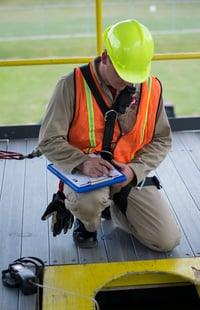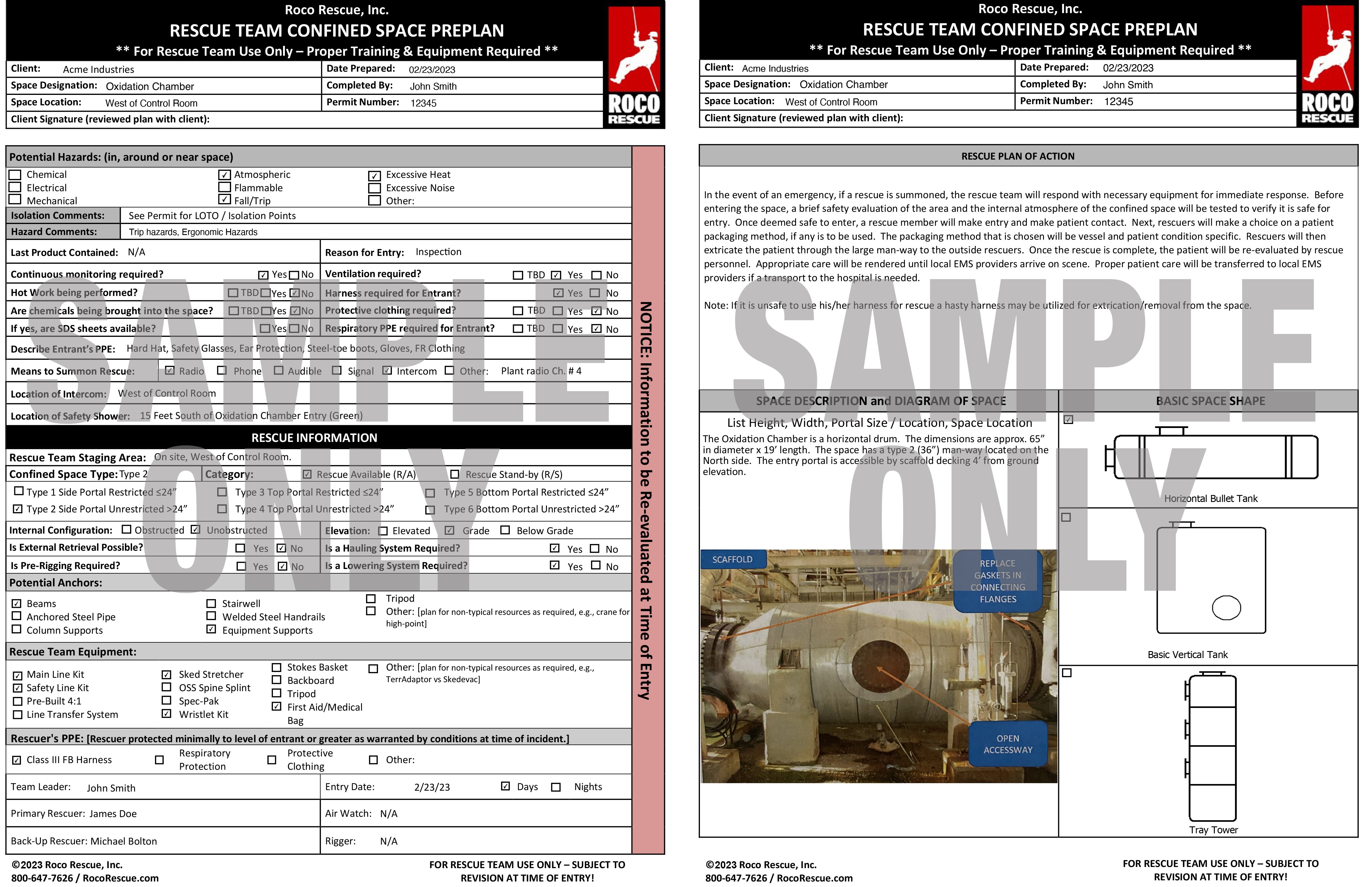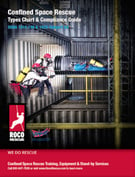Rescue Plans…What Is Required?

Does OSHA 1910.146 (k)(1)(v) state that a plan must be developed by a rescue service before an entry for work can be made?
Although the regulations do not specifically state that a plan must be developed by a rescue service before an entry can be made, the regulation assumes that a properly selected and evaluated rescue team or service will develop appropriate rescue plans (or preplans). The standard requires that rescuers be given access as necessary to develop those plans.
The regulation states that the employer shall…“Provide the rescue team or service selected with access to all permit spaces from which rescue may be necessary so that the rescue service can develop appropriate rescue plans and practice rescue operations.” [1910.146 (k)(1)(v)]
OSHA makes it very clear, however, in Appendix F of the standard, the Preamble to the Final Rule, Summary and Explanation of the Final Rule, and its Compliance Directive on Permit-Required Confined Space, that it interprets the regulation to require rescue plans. [See link below.]
It is the employer’s responsibility to perform an adequate evaluation of any prospective rescue service.
The degree and content of the rescue plan should be determined by the rescue service – and the team must be provided access to do so. The viability of the rescue plan should be demonstrated by the rescue team, proving that the rescue service is staffed, equipped, available, and proficient in performing timely rescue from an actual space or representative spaces. It is the employer’s responsibility to perform an adequate evaluation of any prospective rescue service.
 How specific must a rescue plan be to meet OSHA requirements? We like to say it can be determined by answering this question – How detailed must the rescue plan be to enable the rescue service to perform a safe and timely rescue from the permit-required confined space being entered?
How specific must a rescue plan be to meet OSHA requirements? We like to say it can be determined by answering this question – How detailed must the rescue plan be to enable the rescue service to perform a safe and timely rescue from the permit-required confined space being entered?
Normally, less complex spaces and entries require simpler and less detailed rescue plans. However, the more complicated the space and the hazards, the more specific and detailed the plan. Rescue complexity also influences the rescue team’s need to evaluate the space and/or a representative space in advance.
When evaluating the capabilities of a rescue service, Appendix F provides guidelines and references rescue plans for the types of spaces involved. You can also refer to Roco’s Compliance Guide and Types Chart (click here to download) which illustrates various confined space types for rescue practice and planning purposes. It also includes Appendix F for evaluating a rescue service or team.
It is also important for employers to note that while it is not mandatory that the rescue service evaluation be performed in a specific manner, employers still must reach the same result, confirming that the rescue service is capable of performing rescues at your site. In other words, it is a non-mandatory means of meeting mandatory requirements for evaluating your rescue service.When evaluating the capabilities of a rescue service, Appendix F provides guidelines and references rescue plans for the types of spaces involved.
Employers with permit spaces must afford the selected rescue service access to the spaces for the purposes of rescue planning. The degree and content of the rescue plan should be determined by the rescue service. The rescue service must be prepared and proficient in rescue from the “same type(s) of confined spaces” in terms of configuration, access, and hazards.
ADDITIONAL REFERENCE: NFPA 350 Confined Space standard also references “rescue plans” or “pre-incident emergency action plans” for each type of space which may be entered. This is listed in the criteria for evaluating a potential rescue service.
ONLINE REFERENCES:
OSHA 1910.146 Appendix F.
Additional Resources




